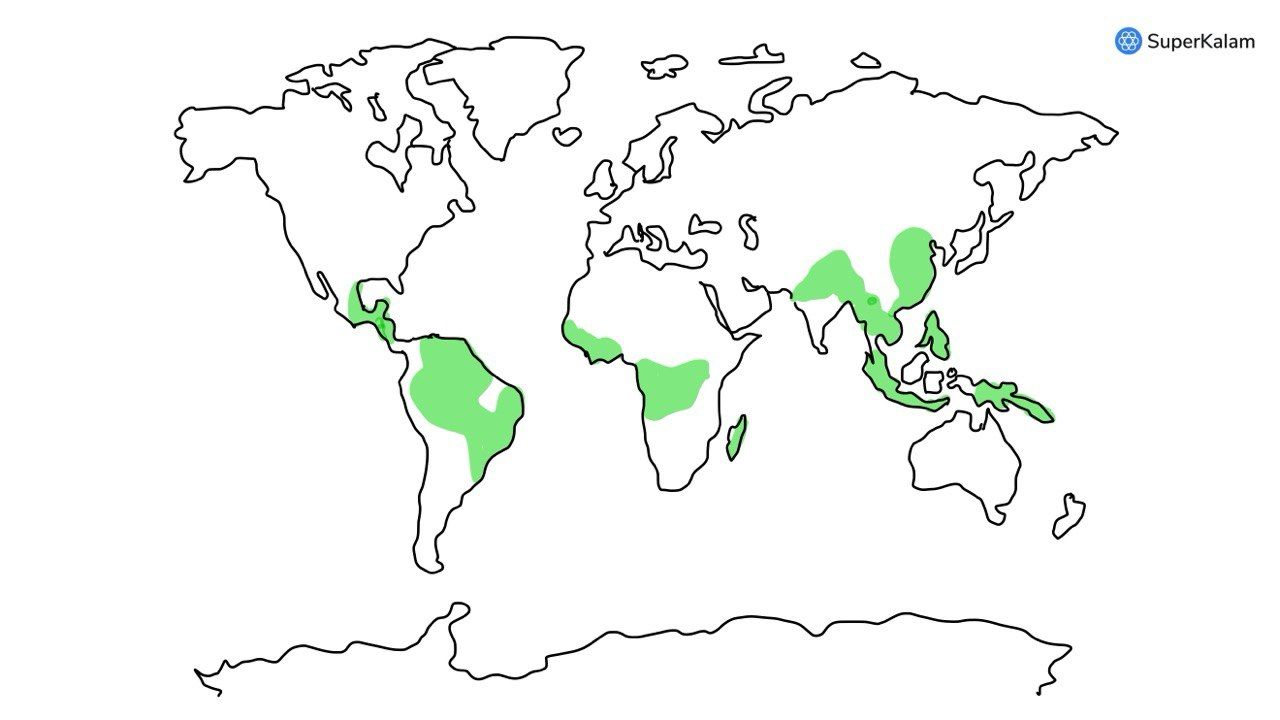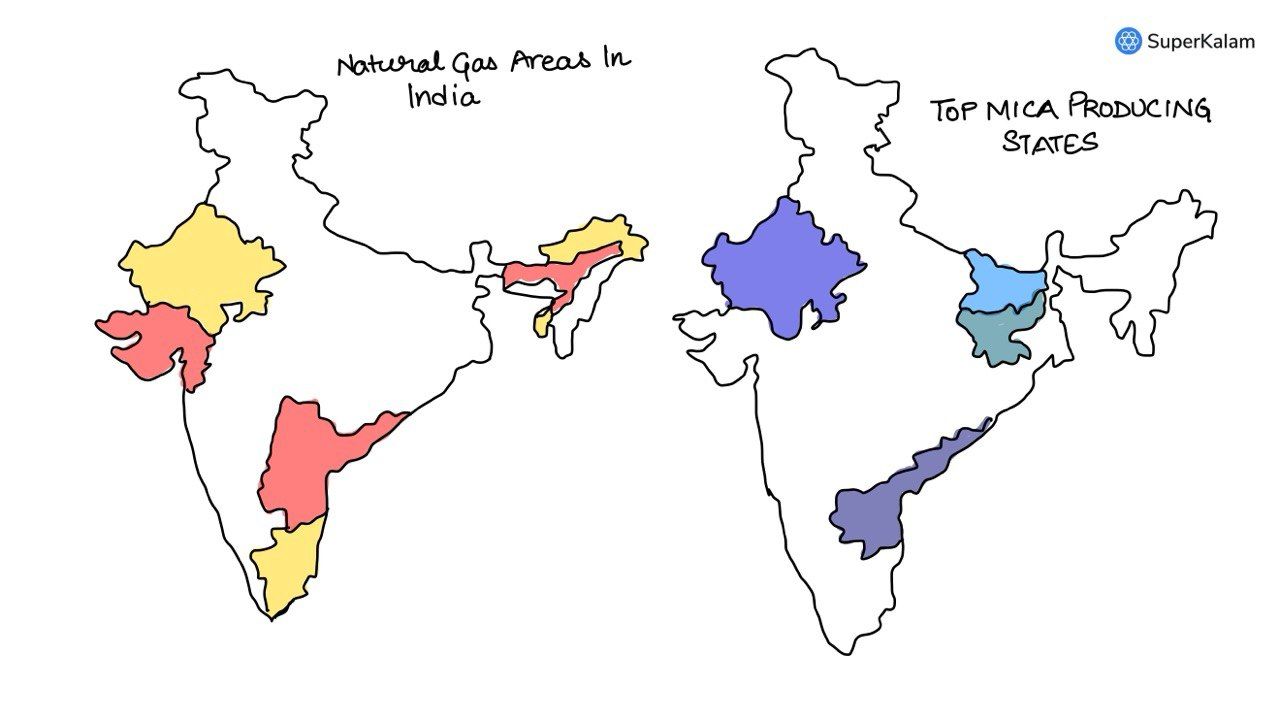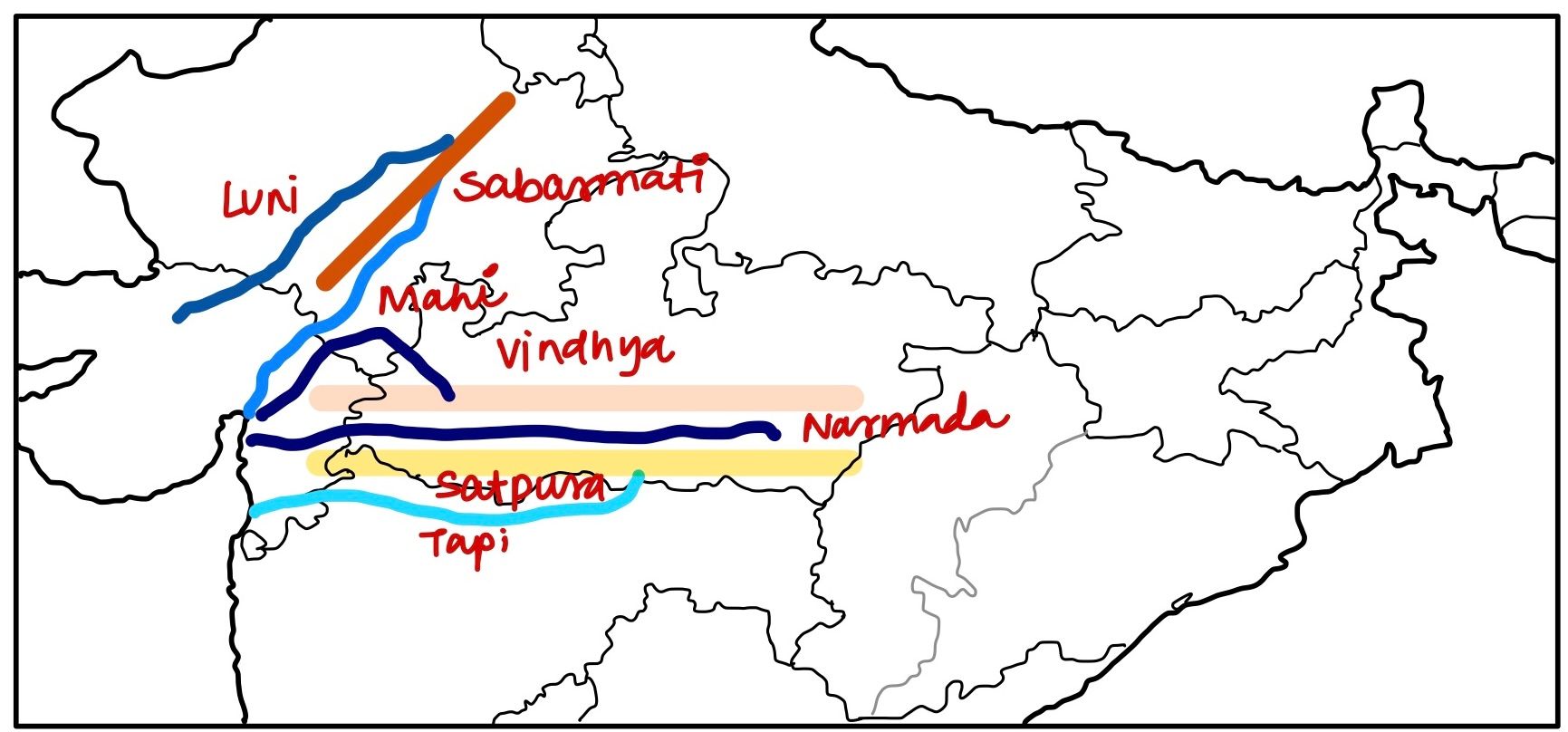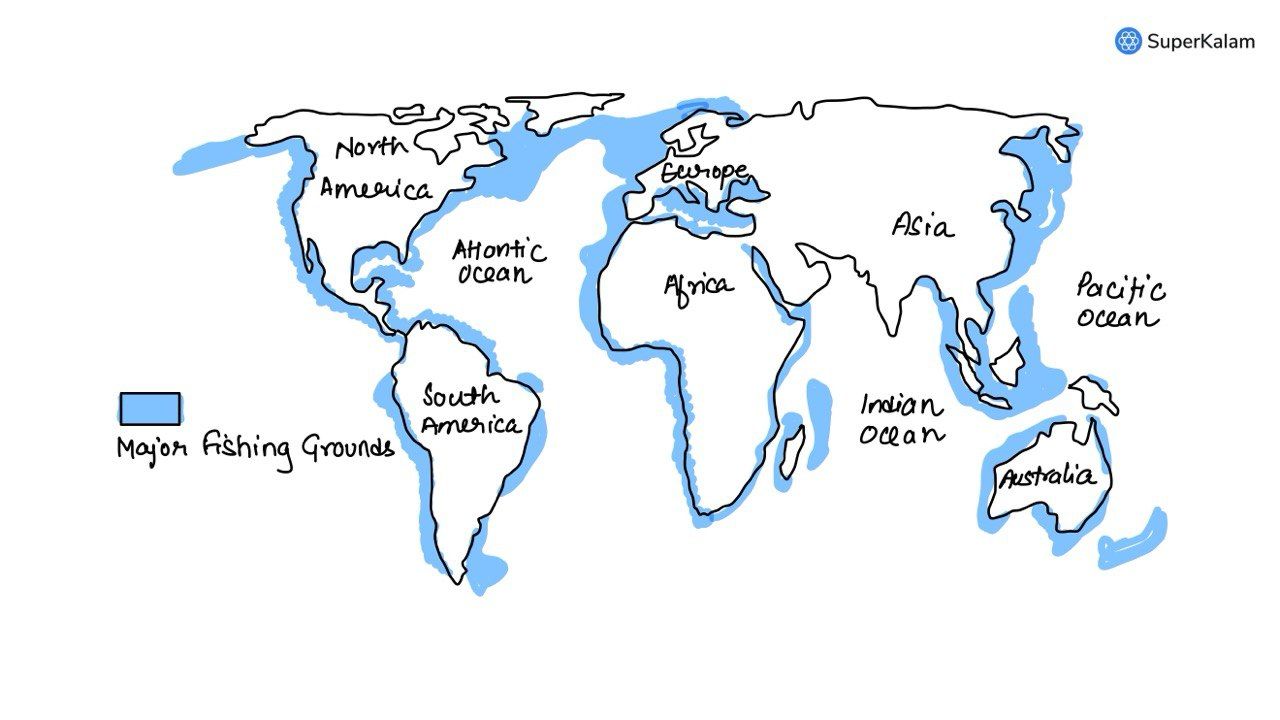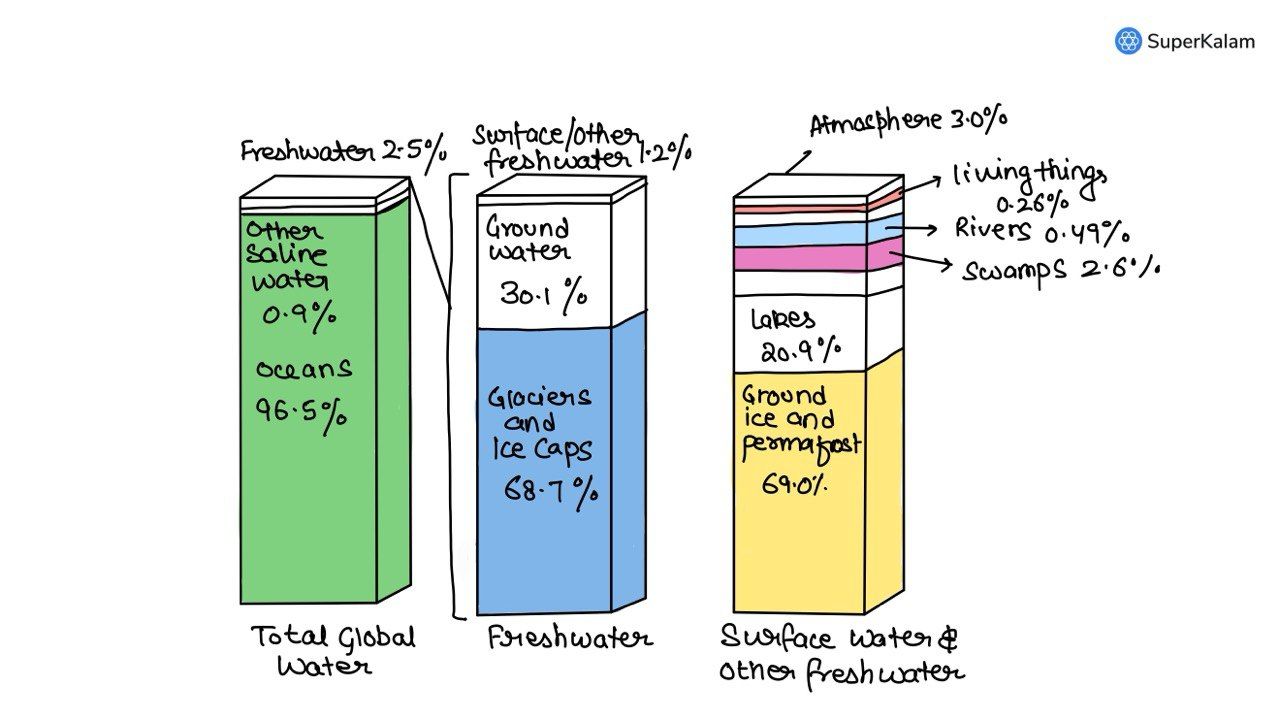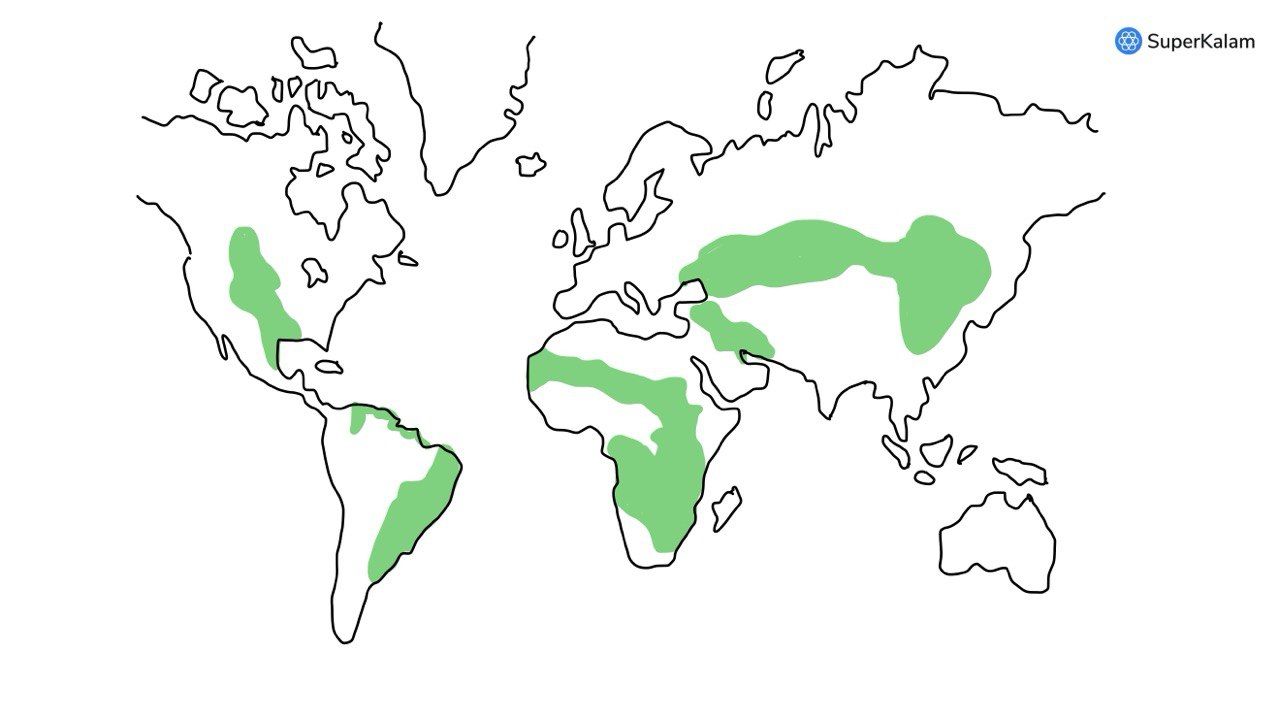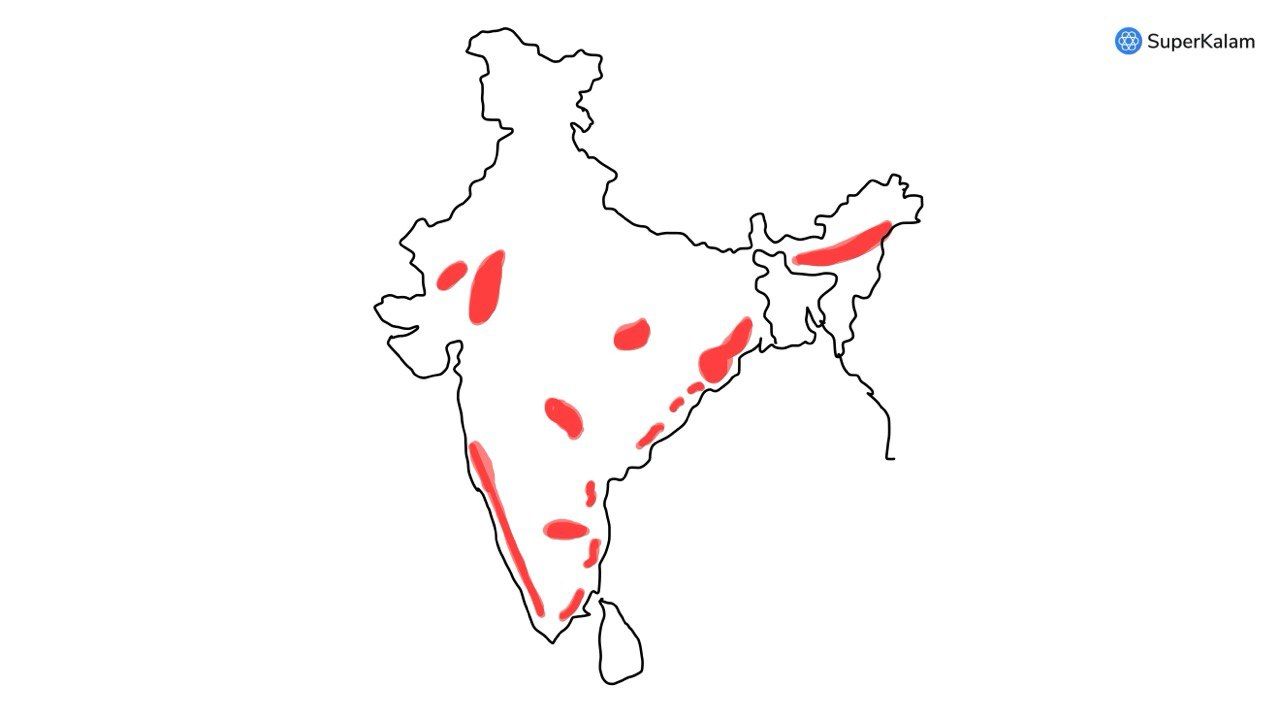UPSC Prelims 2013 Analysis
Subject-Wise MCQ Distribution
- Economy (16 Questions): A significant portion covered monetary policies, banking, economic indicators, and core concepts such as inflation and the balance of payments. Many questions followed the assertion-reasoning format, testing both conceptual clarity and practical application.
- Environment & Ecology (19 Questions): Focused on biodiversity, national parks, environmental pollution, and fundamental ecology concepts. Several questions required an interdisciplinary approach, linking topics to geography, governance, and climate policies.
- Indian Polity (15 Questions): Included constitutional provisions, policy frameworks, and governmental bodies. The paper tested static knowledge while integrating current affairs-based reasoning, making analytical abilities crucial.
- Science & Technology (16 Questions): Emphasized fundamental concepts and emerging technologies from biotechnology, space, and AI. Instead of direct current affairs-based questions, many were current affairs-inspired, requiring an understanding of recent developments and their applications.
- Art & Culture (9 Questions): Had a notable weightage, with a focus on Buddhism & Jainism, the Bhakti movement, architecture, and performing arts. Many questions followed the match the following format, requiring factual knowledge and conceptual linkages.
- History (8 Questions): Covered Ancient History (2) and Modern History (6), with no Medieval History questions. Modern History questions were relatively easy to medium in difficulty, making them scoring opportunities for well-prepared candidates.
- Geography (13 Questions): Included Physical Geography (5), Indian Geography (5), and World Geography (3). A strong emphasis was placed on conceptual understanding, with several questions integrating maps and geophysical phenomena.
- Social Issues & Government Schemes (4 Questions): Covered welfare schemes, social development programs, and demographic trends. Many were elimination-based, requiring a clear understanding of policy frameworks.
- International Relations (0 Questions): Unlike previous years, there were no direct questions on India’s foreign policy or global affairs, marking a deviation in trends.

Difficulty Analysis
- Easy Questions (39 Questions): Tested foundational knowledge, making them accessible to well-prepared aspirants.
- Medium Questions (39 Questions): Required analytical skills and an ability to link static concepts with real-world applications, especially in Economy and Science & Technology.
- Hard Questions (22 Questions): Demanded deep conceptual clarity and critical thinking, particularly in subjects like Economy and Environment.

Variations in Question Framing
- Multi-Statement Questions (56%) – A significant portion required critical analysis, logical deduction, and elimination strategies. These were common in Polity, Economy, and Environment, with many questions following the assertion-reasoning format.
- Direct Questions (44%) – Focused on factual recall, particularly in Science & Technology and History. These were relatively easier for candidates with strong static knowledge.

Current Affairs vs. Static Questions
- Current Affairs-Based Questions (14%) – While fewer in number, many static questions were inspired by current events, requiring candidates to apply their knowledge in real-world contexts.
- Static Knowledge-Based Questions (86%) – The majority of the paper focused on core subjects, reaffirming the importance of NCERT-based themes, standard books, and foundational concepts.
Key Learnings for Future Preparation
- Prioritize Static Subjects: Since 86% of the questions were static, aspirants must focus on NCERTs, standard reference books, and core concepts.
- Master Multi-Statement Questions: Developing skills to break down statements, eliminate incorrect options, and infer logical conclusions is crucial for improving accuracy.
- Emphasize Environment & Science & Technology: These subjects had a significant presence, requiring conceptual clarity over rote learning.
- Strengthen Art & Culture Preparation: With 9 questions, this subject played an important role, emphasizing cultural history and heritage.
- Approach Current Affairs Selectively: Although current affairs questions were fewer, many were inspired by contemporary issues, highlighting the need for smart, selective preparation instead of exhaustive memorization.
Subject-Wise Answer Key
QUESTION 1
Medium
World Geography
Prelims 2013
Which of the following is/are unique characteristic/characteristics of equatorial forests?
- Presence of tall, closely set trees with crowns forming a continuous canopy
- Coexistence of a large number of species
- Presence of numerous varieties of epiphytes
Select the correct answer using the code given below:
A. 1 only
B. 2 and 3 only
C. 1 and 3 only
D. 1, 2 and 3
QUESTION 2
Hard
World Geography
Prelims 2013
Which one of the following pairs is correctly matched? Geographical Feature -- Region
A. Abyssinian Plateau -- Arabia
B. The Atlas Mountains -- North-Western Africa
C. Guiana Highlands -- South-Western Africa
D. Okavango Basin -- Patagonia
QUESTION 3
Medium
Physical Geography
Prelims 2013
Consider the following:
- Electromagnetic radiation
- Geothermal energy
- Gravitational force
- Plate Movements
- Rotation of the earth
- Revolution of the earth
Which of the above are responsible for bringing dynamic changes on the surface of the earth?
A. 1, 2, 3 and 4 only
B. 1, 3, 5 and 6 only
C. 2, 4, 5 and 6 only
D. 1, 2, 3, 4, 5 and 6
QUESTION 4
Hard
Indian Geography
Prelims 2013
Which of the following is/are the characteristic/ characteristics of Indian coal?
- High ash content
- Low sulphur content
- The low ash fusion temperature
Select the correct answer using the codes given below.
A. 1 only
B. 1 and 2 only
C. 2 and 3 only
D. 1, 2 and 3
QUESTION 5
Hard
Indian Geography
Prelims 2013
Consider the following statements:
- Natural gas occurs in the Gondwana beds.
- Mica occurs in abundance in Kodarma.
- Dharwars are famous for petroleum.
Which of the statements given above is/are correct?
A. 1 only
B. 2 only
C. 2 and 3 only
D. None
QUESTION 6
Hard
Indian Geography
Prelims 2013
The Narmada river flows to the west, while most other large peninsular rivers flow to the east. Why?
- It occupies a linear rift valley.
- It flows between the Vindhyas and the Satpuras.
- The land slopes to the west from Central India.
Select the correct answer using the codes given below.
A. 1 only
B. 1 and 3 only
C. 2 and 3 only
D. None
QUESTION 7
Easy
Physical Geography
Prelims 2013
The most important fishing grounds of the world are found in the regions where:
A. Warm and cold atmospheric currents meet
B. Rivers drain out large amounts of fresh water into the sea
C. Warm and cold oceanic currents meet
D. Continental shelf is undulating
QUESTION 8
Easy
Physical Geography
Prelims 2013
Variations in the length of daytime and nighttime from season to season are due to -
A. The earth’s rotation on its axis
B. Revolution of the earth on a tilted axis
C. Latitudinal position of the place
D. The earth’s revolution around the sun in an elliptical manner
QUESTION 9
Easy
Physical Geography
Prelims 2013
On the planet earth, most of the freshwater exists as ice caps and glaciers. Out of the remaining freshwater, the largest proportion
A. is found in the atmosphere as moisture and clouds
B. is found in freshwater lakes and rivers
C. exists as groundwater
D. exists as soil moisture
QUESTION 10
Easy
Indian Geography
Prelims 2013
Consider the following crops
- Cotton
- Groundnut
- Rice
- Wheat
Which of these are Kharif crops?
A. 1 only
B. 1, 2 and 3 only
C. 2 and 3 only
D. 1, 2, 3 and 4
QUESTION 11
Hard
Physical Geography
Prelims 2013
The annual range of temperature in the interior of the continents is high as compared to coastal areas. What is/are the reason/reasons?
- Thermal difference between land and water
- Variation in altitude between continents and oceans
- Presence of strong winds in the interior
- Heavy rains in the interior as compared to coasts
Select the correct answer using the codes given below.
A. 1 only
B. 1 and 2 only
C. 2 and 3 only
D. 1, 2, 3 and 4
QUESTION 12
Hard
World Geography
Prelims 2013
“Climate is extreme, rainfall is scanty and the people used to be nomadic herders.” The above statement best describes which of the following regions?
A. African Savannah
B. North American Prairie
C. Siberian Tundra
D. Central Asian Steppe
QUESTION 13
Easy
Indian Geography
Prelims 2013
Which of the following statements regarding laterite soils of India are correct?
- They are generally red in colour.
- They are rich in nitrogen and potash.
- They are well-developed in Rajasthan and UP.
- Tapioca and cashew nuts grow well on these soils.
Select the correct answer using the codes given below.
A. 1 only
B. 1 and 2 only
C. 1 and 4 only
D. 1, 2, 3 and 4
